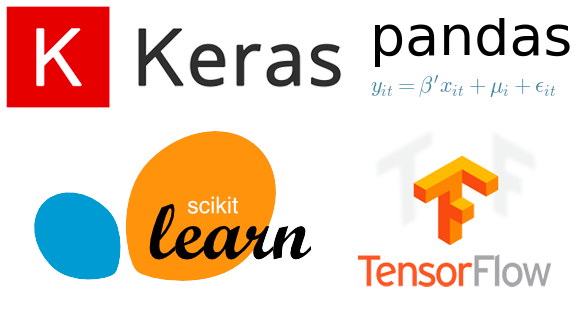How to classify Flowers (iris data) using a keras deep learning model

Classifying flowers, specifically the iris data, using a keras deep learning model is a process that involves several steps. The Iris dataset is a popular dataset for classification tasks, and it consists of 150 samples of iris flowers, each with four features: sepal length, sepal width, petal length, and petal width. The samples belong to one of three classes: setosa, versicolor or virginica.
The first step is to import the Iris dataset and preprocess the data. This includes splitting the data into training and testing sets, and normalizing the features so that they are on the same scale. This is important to ensure that the model is not affected by the scale of the features.
Next, you will need to define the model architecture. The architecture of the model is the structure of the layers and the number of units or neurons in each layer. This can be done using the Sequential class in Keras and adding layers to it. The architecture should be appropriate for the specific task of classification. A good choice for a simple architecture is to use a single hidden layer with a few neurons, and the input layer should have the same number of neurons as the number of features in the dataset.
After that, you will need to choose the optimizer and the learning rate. The optimizer is used to adjust the weights of the model to minimize the loss function, and the learning rate controls the step size that the optimizer takes in the direction of the gradient. It is common to use the ADAM optimizer which is a popular method for deep learning.
You will also need to decide the evaluation metrics that you will use to evaluate the model performance. The most common evaluation metrics for classification models include accuracy, precision, recall, and F1 score.
Finally, you will need to decide the number of training iterations (epochs) and the batch size. The number of epochs controls the number of times the model will see the entire dataset during training, while the batch size controls the number of samples that the model sees at a time. A good practice is to use a small batch size, like 32 or 64, and a large number of epochs, like 200 or more.
After training the model, you can evaluate its performance on the test set, and check the accuracy of the model. If the accuracy is not satisfactory, you can try changing the architecture, the optimizer, or the learning rate to improve the performance. You can
also try adding or removing layers, or changing the number of neurons in each layer. Additionally, you can use techniques to prevent overfitting like dropout layers or weight regularization.
Once you have found the best model, you can use it to classify new samples of iris flowers. To do this, you will need to input the features of the new sample into the model, and the model will output the predicted class.
It’s worth mentioning that, in addition to the above steps, it’s also important to use Cross-Validation techniques to make sure that the model is generalizing well and it’s not overfitting the training data. Cross-Validation is a statistical method used to evaluate the performance of the model on an independent data set. One popular method is K-Fold Cross-Validation, which divides the data into k subsets and uses k-1 subsets for training and the remaining subset for testing. This process is repeated k times, and the performance of the model is averaged over all k iterations.
In summary, classifying flowers using the Iris dataset in Keras involves importing the dataset, preprocessing the data, defining the model architecture, choosing the optimizer and learning rate, deciding the evaluation metrics, and deciding the number of training iterations and batch size. Additionally, using Cross-Validation techniques and preventing overfitting are important steps to make sure that the model generalizes well. The goal of this experiment is to train a deep learning model that is able to classify iris flowers into their corresponding classes with a high level of accuracy.
In this Applied Machine Learning & Data Science Recipe (Jupyter Notebook), the reader will find the practical use of applied machine learning and data science in Python programming: How to classify Flowers (iris data) using a keras deep learning model.
Disclaimer: The information and code presented within this recipe/tutorial is only for educational and coaching purposes for beginners and developers. Anyone can practice and apply the recipe/tutorial presented here, but the reader is taking full responsibility for his/her actions. The author (content curator) of this recipe (code / program) has made every effort to ensure the accuracy of the information was correct at time of publication. The author (content curator) does not assume and hereby disclaims any liability to any party for any loss, damage, or disruption caused by errors or omissions, whether such errors or omissions result from accident, negligence, or any other cause. The information presented here could also be found in public knowledge domains.
Learn by Coding: v-Tutorials on Applied Machine Learning and Data Science for Beginners
Latest end-to-end Learn by Coding Projects (Jupyter Notebooks) in Python and R:
Applied Statistics with R for Beginners and Business Professionals
Data Science and Machine Learning Projects in Python: Tabular Data Analytics
Data Science and Machine Learning Projects in R: Tabular Data Analytics
Python Machine Learning & Data Science Recipes: Learn by Coding
How to split train and test datasets in a Deep Leaning Model in Keras